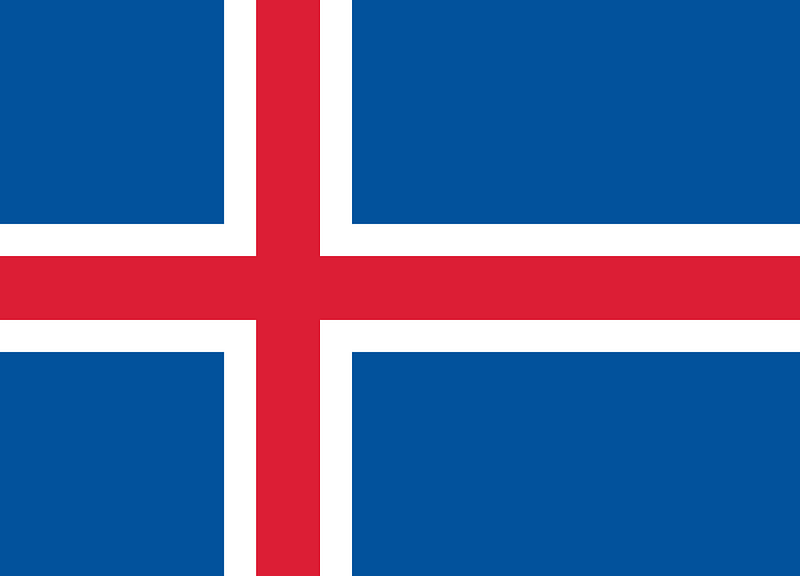This Iceland travel wiki page will help guide travelers with quick and relevant information to consider when planning and visiting the country. It is difficult to find all the relevant information you need on culture, safety, travel restrictions, and things to do, so we summarize it all here. If anything is stale or outdated, please let us know! Let’s dive in and explore more high-level information as an Iceland trip planner.
Posted September 20, 2022 – Last Updated May 25, 2024.
Table of contents
National Information & Culture
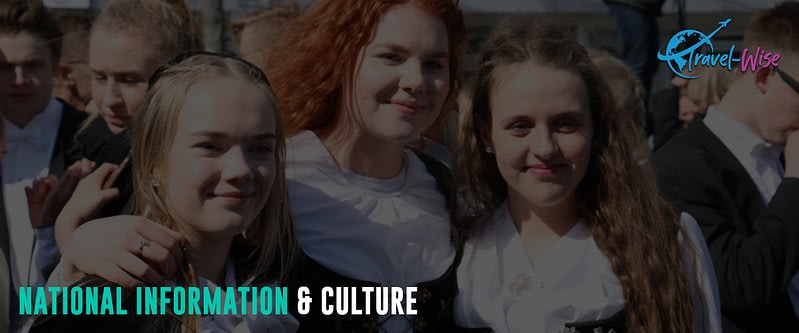
Iceland, also known as the Land of Fire and Ice due to its geological contrast, is a Nordic island country in the North Atlantic Ocean. It is a member state of the European Free Trade Association (EFTA) and belongs to the Schengen area. The country has arguably the oldest parliamentary form of government, dating back to 930 AD. Reykjavík is the capital city, while the official currency is the Icelandic Króna (plural krónur) –ISK.
Iceland has rich geothermal energy, which is the country’s primary source of power and one of the world’s most environmentally friendly forms of heat generation. Icelandic homes also primarily use renewable energy as part of the Icelandic Climate Action Plan to cut 55% emissions by 2030. The country also urges visitors to become responsible tourists and take the Icelandic pledge.
Icelanders carry patronymic or matronymic surnames rather than using family names. More commonly practiced is patronymic, where last names are based on the father’s first name. On the other hand, matronymic names are based on the first name of the mother. Consequently, Icelanders refer to one another by name, and the Icelandic telephone directory list is alphabetically ordered by first name rather than surname.
To learn more about Iceland, check out its official tourism web page when planning your trip.
Special Travel Considerations
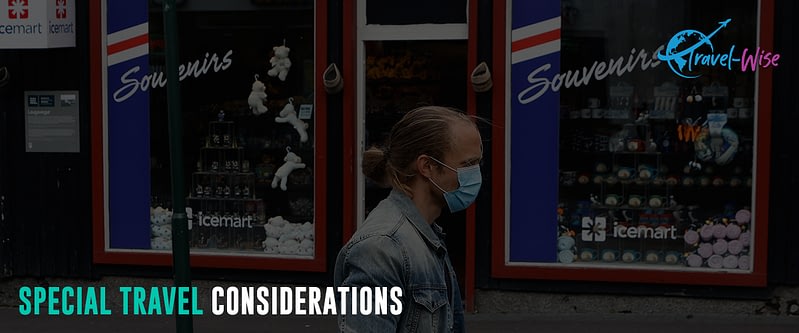
Each country and destination has rules and regulations that every traveler must consider. Hence, check the following considerations for hassle-free travel to Iceland.
Covid-19 Policy
Iceland has lifted all COVID-19-related restrictions starting February 25, 2022. As a result, there will be no disease prevention measures at the borders for passengers traveling to Iceland, regardless of whether individuals are vaccinated. In addition, travelers will no longer have to provide proof of vaccination or prior infection. Also, there are no restrictions on social gatherings or quarantine requirements for those infected by COVID-19.
Travel Insurance
Although not required, travel insurance covering all emergency medical expenses, including COVID-19, repatriation, and evacuation, is strongly recommended. Travel insurance can protect you against the inconvenience of injury, medical emergencies, theft, and flight cancellations. In addition, it is comprehensive protection in case anything goes wrong with your trip.
Visa Information
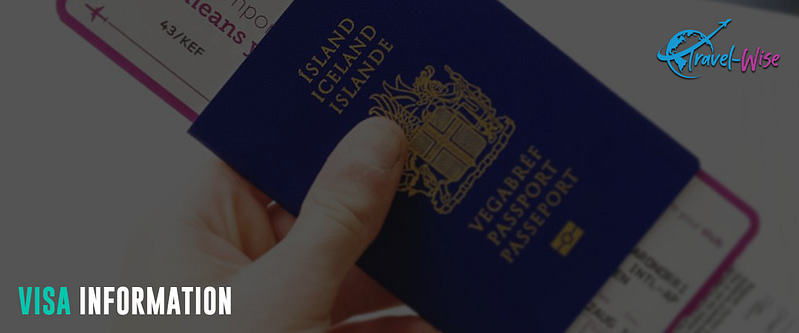
Iceland is associated with the Schengen Agreement, which exempts travelers from personal border controls between 26 European countries. Hence, residents of a Schengen country traveling to Iceland can stay in the country for 90 days without a visa.
Travelers outside the Schengen area may check whether they need a visa to visit Iceland. In addition, a passport must be valid for at least three months from the entry date.
If you want to work or study in Iceland, these websites will help you: Work in Iceland and Study in Iceland.
Visit the Icelandic Directorate of Immigration web page for complete information on passports, visa exemptions, visa requirements, and Schengen area regulations.
Popular Attractions
Iceland is best known as the “Land of Fire and Ice” because of its impressive array of active volcanoes and glaciers. Geysers, hot spring lava fields, waterfalls, and the beautiful Northern Lights add to the country’s natural attractions.
Northern Lights
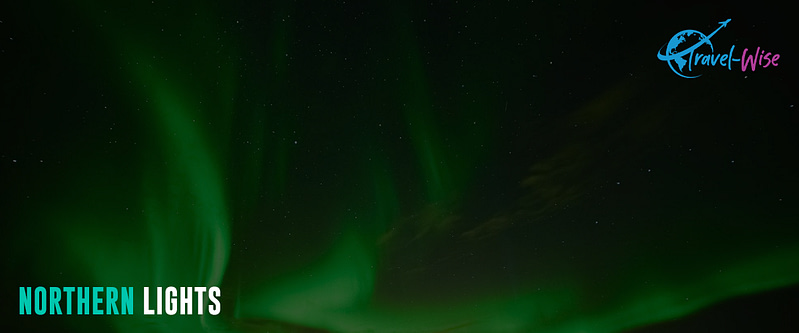
The Aurora Borealis, more commonly referred to as the Northern Lights, is a natural phenomenon occurring between September and April during the winter solstice when nights are long and the sun does not rise. There are no guarantees that you will see the Northern Lights during your stay. Still, sightings have a significant probability outside populated areas, especially away from the light pollution of the capital. So get your camera ready at all times.
Blue Lagoon
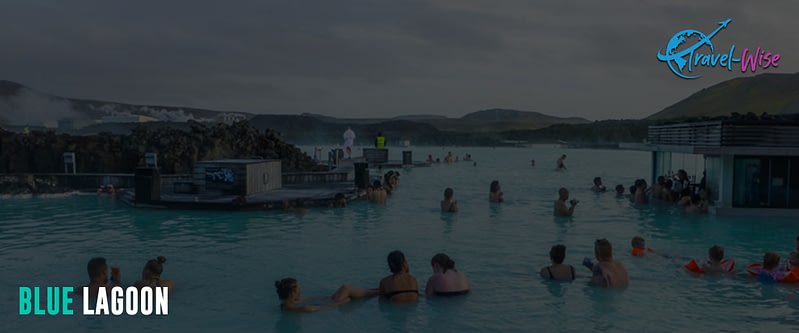
The Blue Lagoon in Iceland is near Keflavik International Airport, the country’s best-known spa. The warm geothermal waters have healing properties, and studies have shown that the lagoon’s white silica-rich mud helps skin conditions, including psoriasis.
Vatnajökull National Park
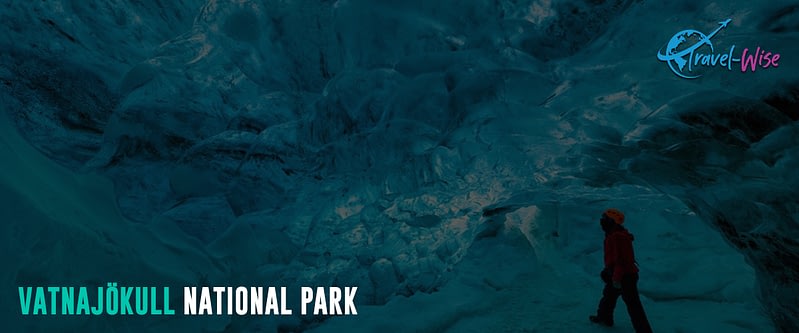
Vatnajökull National Park was a UNESCO World Heritage Site in 2019. It is one of Europe’s largest national parks (and glacier) at approximately 14,141 km² and encompasses around 14% of Iceland’s total area. The unique qualities of the park are primarily its great variety of landscape features created by the combined forces of rivers, glacial ice, and volcanic and geothermal activity. You can see black sand beaches, outlet glaciers, and iceberg-filled glacier lagoons here. One should not miss exploring Vatnajokull Ice Caves, Jokulsarlon Lagoon, and Dettifoss when visiting Vatnajökull National Park.
Snæfellsjökull National Park
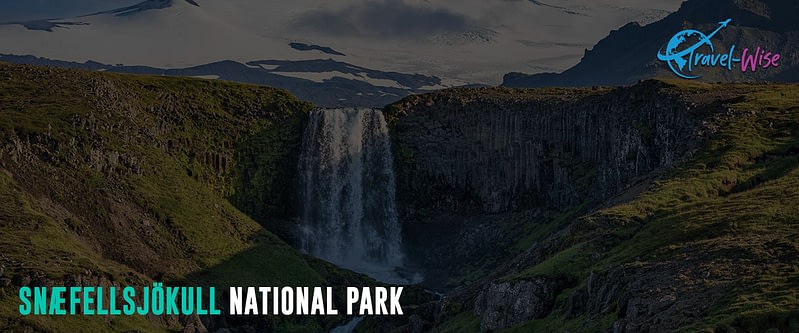
Snæfellsjökull National Park is at the edge of the Snæfellsnes peninsula in the western part of Iceland. It is famous for being the setting in the “Journey to the Center of the Earth” in Jules Verne’s story. It is the only park that reaches the shoreline, and around the park are lava tubes and protected fields, home to native Icelandic fauna, prime coastal birds, and whale-watching spots.
Þingvellir National Park
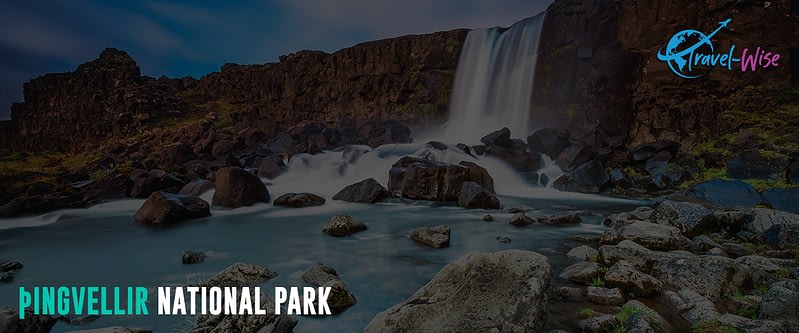
Þingvellir National Park is a UNESCO World Heritage Site located in South Iceland. It is the country’s first national park and the birthplace of the nation, as it is the home of the first Icelandic parliament (Althing) in 930. Þingvellir is the continental rift zone between the North American and Eurasian tectonic plates, manifests in large lava gorges and a 10 km wide rift valley holding Iceland’s largest natural lake, Þingvallavatn.
Strokkur Geyser
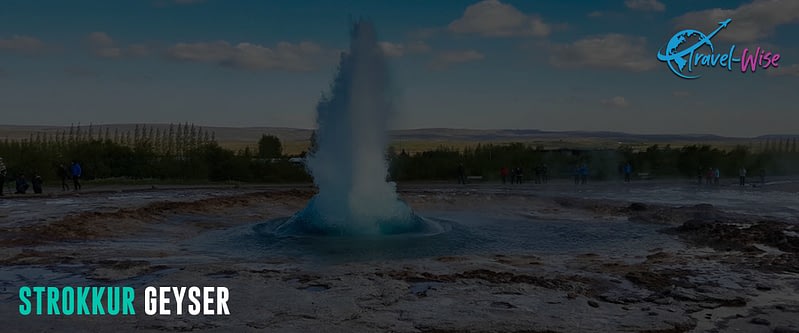
Strokkur is a fountain-type geyser about 50 meters south of the Great Geysir, located in a geothermal area beside the Hvítá River in southwest Iceland. It is one of the greatest active geysers in the Golden Circle, and it erupts every 6-10 minutes at a height of approximately 15-20 meters and is sometimes as high as 40 meters. Like all hot geysers, Strokkur is caused by water meeting magma-heated rock, then boiling and erupting under pressure.
Gullfoss
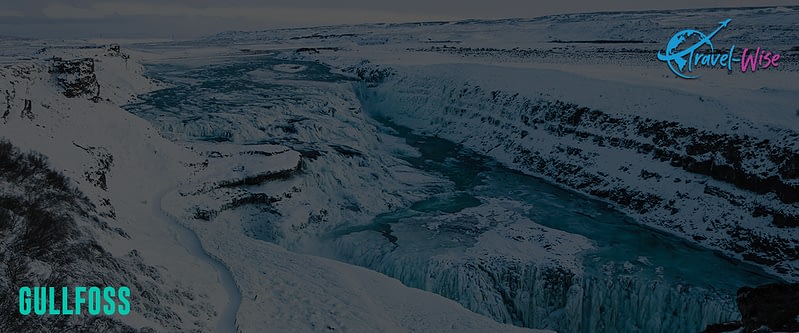
Also known as the Golden Falls, Gullfoss is in the canyon of the Hvítá River in southwest Iceland. It is the most famous waterfall in the country, with a spectacular double cascade dropping a dramatic 32 meters. On sunny days, the mist creates shimmering rainbows, while the falls glitter with ice in winter. Although it’s a famous sight, the remote location still makes you feel the forces of nature.
Skogafoss
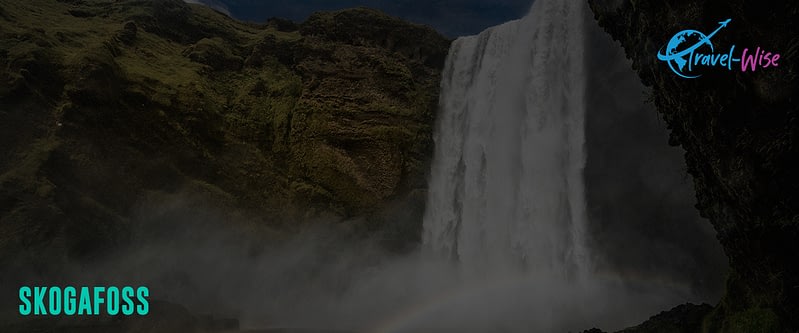
Skogafoss is one of the biggest waterfalls on the Skógá River in the south of Iceland, with a width of 25 meters and a height of 60 meters. The land underneath the waterfall is flat, allowing visitors to walk on both sides around the falls. A 430-step staircase leads you up to the top of waterfalls and is the start of the 23 km Fimmvrðuháls trek to Þórsmörk, the land of the gods. Legend says the first Viking settler, Þrasi Þórólfsson, buried a treasure in a cave behind the waterfall. Skogafoss is close to Ring Road and easily accessible.
Seljalandsfoss
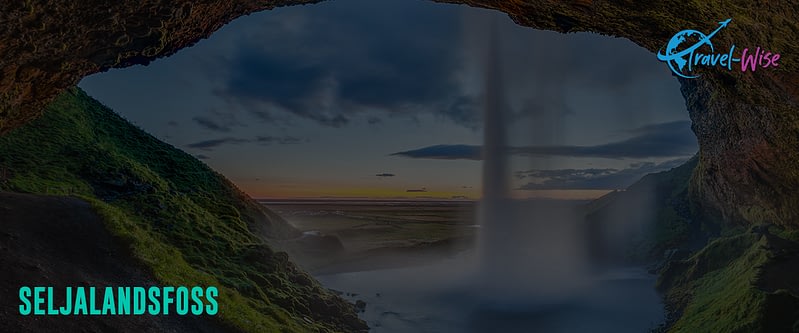
Seljalandsfoss is located in the South Region of Iceland, close to and easily accessible from the Ring Road. The waterfall is 60 meters high and has a small cave behind it, where visitors can walk for a picturesque photo session.
Reykjavik City
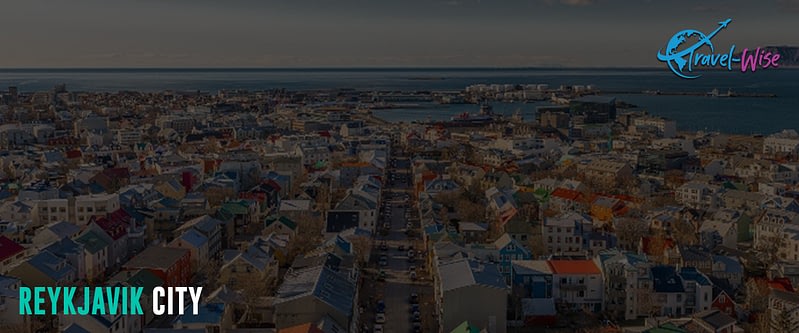
Reykjavik City is the capital and largest city in Iceland. It is not a metropolis, but it has its charm. Hallgrímskirkja Church, Harpa Concert Hall, National Museum of Iceland, and Sun Voyager are a must-see when exploring the city.
Primary Spoken Language(s)
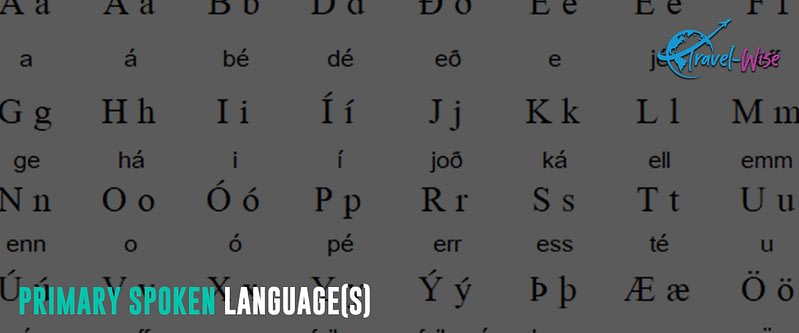
Icelandic is the national language. It is a North Germanic language descended from Old Norse. English and Danish are compulsory subjects in the school. English is widely understood and spoken, while essential to moderate knowledge of Danish is shared among the older generations. Polish is the most significant minority of Iceland and is spoken mainly by the local Polish community.
Safety Concerns
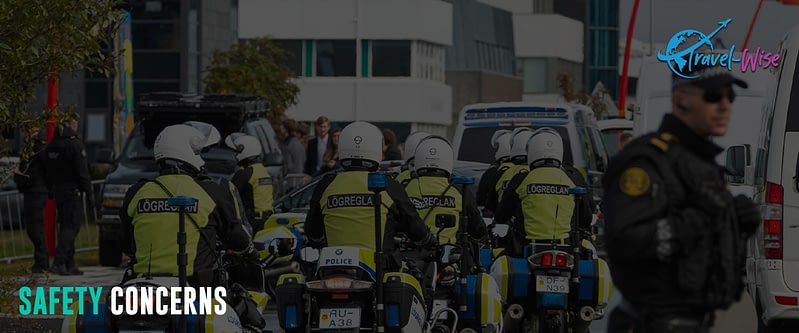
Iceland has one of the world’s lowest crime rates, ranking 1st place consecutively on the Global Peace Index, and is home to no animal predators dangerous to man. Similarly, the country has a Level 1 travel advisory from the US Department of State as of July 26, 2023.
Iceland does not seem very dangerous, but the challenges lie elsewhere. Weather and nature dictate Iceland’s everyday life, as unpredictable weather outbursts and rapid temperature changes can happen anytime.
The country is volcanically and seismically active. Therefore, visitors need to take some precautions before exploring Iceland. Travelers can sign up for weather conditions advisory through the one-stop shop for Safety in Iceland or get the SafeTravel Iceland App for Android and iOS. Doing it helps you make the most of your time in the country, and you surely do not want to miss out on updates on snowstorms, avalanches, earthquakes, and volcanic eruptions!
Another safety precaution the country implements is leaving a SafeTravel travel plan for your daily itinerary if you opt for a more extended outdoor trip outside your tour. It will make it easier for the authorities to locate you in case the unavoidable happens.
Above all, following advisories and checking out warning signs at every attraction you visit can keep you out of danger. Then, in case of an emergency, call 112.
Budget Considerations
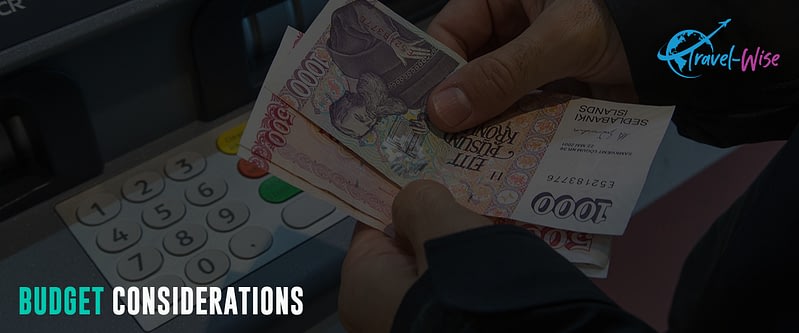
Iceland is expensive to travel to. Accommodation, car rentals, food, and sightseeing tours are more expensive than in many other countries.
Accommodation
Hostels are widely available in Iceland, and a dorm bed starts at $41 per night. Free Wi-Fi is standard; some offer complimentary breakfast or shared kitchen amenities.
Meanwhile, a private room in a two-star hotel and guests’ houses costs around $80. Airbnb is also typical, with an apartment costing around $160. For more comfort, travelers can stay in a three-star hotel for $150 and a five-star hotel for $200. Additionally, high-end resorts and beachfront properties offer all-inclusive stays from $700 per night.
Another option for backpackers and budget travelers is renting and staying in a camper van and campsites. Depending on the season, a compact camper van starts at $80 during the low season.
Food
Food is another expense that will take up much of your budget in Iceland. Expect to pay around $18 for a fast-food combo meal and $20 for a cheap meal of local cuisine. Visitors can also dine in a mid-range restaurant for $50 for a three-course meal. But surprisingly, travelers can grab cheap meals, such as deli sandwiches, pizza, hot meals, and Icelandic soups, at gas stations from $5.
Meanwhile, travelers who want to go grocery shopping and cook can expect to spend around $75 weekly on basic staples like pasta, rice, seasonal produce, and meat. Most guesthouses and hostels have shared kitchen amenities, so this won’t be a problem.
Icelandic cuisine’s main staples are fish, seafood, lamb, and dairy. Famous dishes include smoked lamb, cured meat, dark bread, and skyr. A must-try for travelers with a sweet tooth is the Icelandic cinnamon rolls with a chocolate topping called snúður.
Attractions and Transportations
There are no entry fees to waterfalls, geysers, and spectacular mountains, as Iceland’s natural wonders and views are free! So, travelers can save some money here. Tourist activities in Iceland are primarily on the outdoors. Travelers can go hiking, exploring waterfalls and lagoons, checking out geysers, scuba diving, and witnessing the majestic northern lights.
While access to the great outdoors of the Golden Circle and the Thingvellir National Park is free, visitors can spend more if they avail of services like guided tours and scuba diving. For example, taking a guided tour of the Golden Circle costs $75, while scuba diving costs $250.
Public transportation costs are not bad at all. Depending on your destination, the Strætó buses cost $3.40 for a 75-minute trip. Meanwhile, a car rental starts at $45 daily, and a camper for $75 during the low season, excluding gas expenses. The Ring Road is 1322 km long, so start doing the math if you want to drive around.
Average Two-week Cost
Backpackers and budget travelers in Iceland can live with a $70 daily or $980 for two weeks. The budget covers staying in a hostel dorm bed, cooking most meals, and taking public transportation. On this budget, travelers mainly do free activities like hiking, checking out geysers, exploring waterfalls, and witnessing the northern lights independently.
Meanwhile, travelers can comfortably stay in a 3-star hotel on a mid-range budget of $250 daily or $3500 in two weeks. The budget includes dining out at local restaurants, taking occasional taxis, and doing paid tours and activities.
Lastly, travelers can enjoy luxury in Iceland for $850 daily to $11900 for two weeks. It covers the cost of staying in a five-star hotel, dining anywhere, vehicle rental, and all the paid tours and activities they want. So, for them, the sky is the limit for travel.
Customs And Import Restrictions
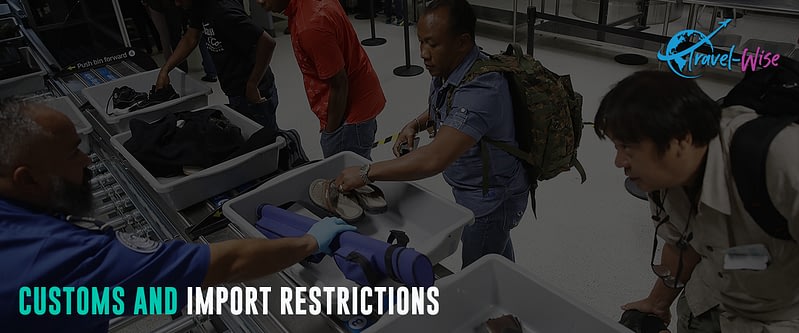
Travelers may import up to 10 kg of food duty-free, including candy, not exceeding ISK 25,000 or its equivalent. However, travelers cannot import meat and dairy products outside the European Economic Area to Iceland. Check the Icelandic Food and Veterinary Authority’s website for further information. Among the prohibited articles are uncooked meat and various meat products like dried meat, smoked ham, bacon, saddle of pork, smoked sausages (e.g., salami), poultry, etc.; weapons, e.g., daggers with blades exceeding 12 cm, switchblade knives, and flick stilettos, knuckles and truncheons, crossbows, and handcuffs; finely powdered snuff; and moist snuff to be used orally.
Restricted articles, on the other hand, include various telephone and communications equipment (remote control devices for toys), used angling gear, and riding clothing.
Visit Iceland Revenue and Customs’s official website for a complete list of customs laws and import restrictions.
Climate Considerations
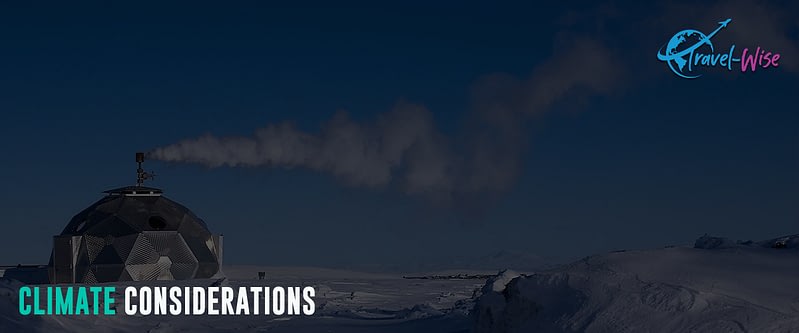
Contrary to its name, Iceland is not as cold as most people think. The mainly solar weather, rather than polar, is thanks to the warming effects of the Gulf Stream, which provides a temperate climate year-round. However, Icelandic weather is unusually volatile, so it is advisable to pack for four seasons and be flexible.
The climate varies between different parts of the island. Generally, the south coast is warmer, wetter, and windier than the north. The Central Highlands are the coldest part of the country. Low-lying inland areas in the north are the aridest. Snowfall in winter is more common in the north than in the south.
Like other countries in the northern and southern hemispheres, Iceland has four seasons. Winter lasts from December to February, spring lasts from March until May, summer lasts from June to August, and Autumn lasts from September to November.
Another interesting phenomenon of Iceland is that it is so far north, and the daylight can dramatically increase or decrease depending on the season you go. During the summer months, the days can last an entire 24-hour period. Likewise, in winter, you will have wholly nighttime days. These are good to factor in and consider before your trip!
Primary Transportation Options
Exploring the country by bus, ferry, and plane is possible. Planning and flexibility are advisable, especially when traveling in winter. For more details about public transport schedules, check this Visit Iceland’s Public Transportation article.
Air
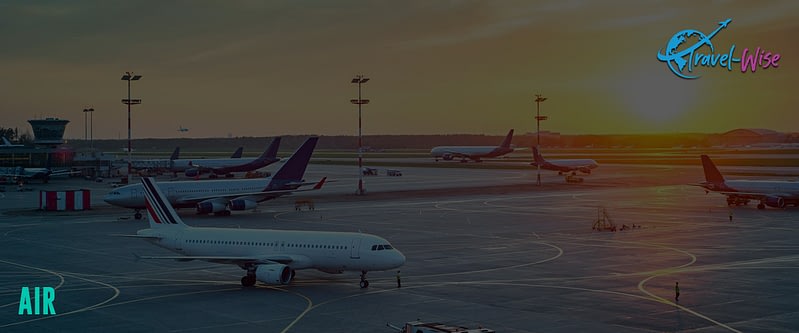
Iceland has 24 airports, with Keflavík International Airport being the largest and the main gateway for international flights to Iceland. Reykjavik Airport is the second-largest airport and serves general aviation traffic. It has regular domestic flights to 12 local townships in Iceland and some international flights.
Icelandair, the country’s flag carrier, connects gateways to Europe, North America, and the neighboring Scandinavian countries. Another domestic airline in Iceland is Eagle Air.
Land
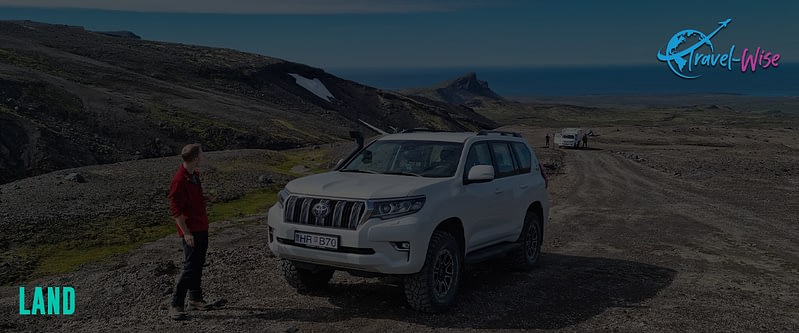
Iceland’s land transportation network primarily relies on buses and taxis, as there are no passenger trains in the country. The country is small, and travelers can drive around Iceland via Ring Road, which is 1332km or 828 miles, to complete the loop. Travelers can also explore the Golden Circle, which is about 300km long and can be completed in a day.
Visit the Icelandic Road Administration website for actual time road conditions and updates.
Bus
Bus services operate between Keflavík and Reykjavík airports all year round. Fly Bus, Airport Direct, and Grayline are the major bus operators in Keflavik. Strætó is the public bus network in Iceland and operates mainly in Reykjavik. These public buses have a distinct yellow color and are easily recognizable on the streets. Other bus companies also run around the country but always pay attention to Visit Iceland’s Transportation Schedule when planning your trip. For hassle-free travel, visitors can join scheduled tours, packages, day trips, and excursions offered by private bus companies from Reykjavík to many destinations nationwide.
Taxi
Aside from the bus, taxi services are available to and from the airport. Notably, taxi services are mainly based in Reykjavik. Two popular taxi companies are Hreyfill and BSR. However, due to high prices and the availability of public transport, taxis are not widely used in Iceland.
Car Rental
Car rental and driving on your own in Iceland are possible. It is the best way to explore this stunning country, allowing travelers more flexibility for their trip. Only one main road circles the country, the Ring Road. Hence, it is easy to plan a road trip. But exercise extreme road caution when driving, especially during winter.
In Iceland, a small car rental costs $45 daily, while a camper van costs $75 during the low season. These can be rented from local and major rental companies. In Iceland, people drive on the right side of the road.
Ferry
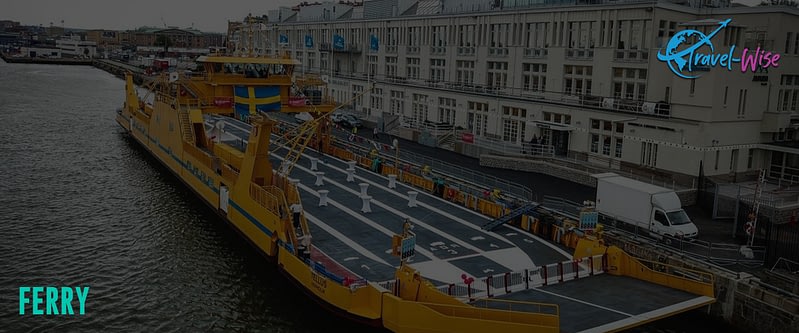
Iceland’s rugged coastline and numerous islands make water transportation a vital component. It focuses primarily on ferries connecting the mainland to offshore islands and some inter-island travel.
The ferry Sæfari sails thrice weekly to Grímsey with passengers and cargo and two days to Hrísey. Sævar also sails daily with passengers and cargo to and from Hrisey. In Vestmannaeyjar, the Herjólfur ferry sails several times daily with passengers and cars. Baldur Ferries serves Stykkishólmur —Flatey—Brjánslækur routes, which transport passengers and vehicles daily and have a stopover in Flatey for people and cargo (not cars). During winter, a passenger and cargo ferry sails to Neskaupstaður – Mjóifjörður as the road is closed.
Visitors can also bring their vehicles on a weekly car ferry between Denmark and Seyðisfjörður in East Iceland. Several ferry lines also serve various islands and fjords; during the summer, ferries offer regular sightseeing tours.
Start Trip Planning
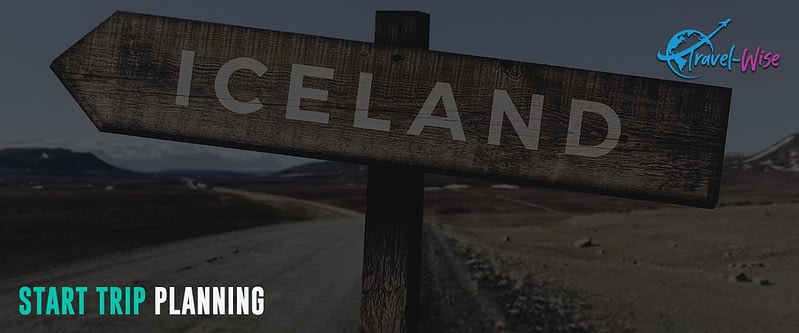
Travel-Wise is made from the ground up to help people travel more, break down the barriers that make it challenging to get going, and start your journey as painlessly as possible. Bookmark our other Country Guides to help kick-start your research for future travels. We also offer templated itineraries from our staff and community that help serve as a building block for your trip plans. Alternatively, we also utilize AI to offer a way to generate itinerary ideas. This saves much time just getting you up and running with a template. From there, you can use the trip planner to create your customized itinerary, invite friends and family for collaboration, find others from Travel-Wise to join the trip, book and track important information, journal, and share your experiences at the end or along the way!

